- News
- 2 likes
- 34550 views
- 0 comments
The lucet fork is a very quick way to make a cord, rope or rope from yarn. Some of the authentic tips we can recommend include string around the waist (replacing the poor tablet weaving for belting a dress), for a hat, for purses, for coat button loops, for the decorative hem of a dress or apron, and all sorts of rope and string, of which there is never enough.

If you don't tend to get involved in the world of medieval crafts, but like to do something with natural materials, you're good here too :)
All you need is any yarn (wool, cotton, even two colours at the same time) to quickly make a sweatshirt or pyjama trouser drawstring, shoe laces, a drawstring for pouches, a lanyard for a card or various decorative fabric eyelets for buttons. Our special tip is also to use it as a self-made lanyard to hang a homemade soap loop :)
A lucet fork is a great tool to have on hand. The cord made with a lantern fork is square in shape.
This tool was used in Viking times and in the Middle Ages to create cords for clothing or to carry objects. We know of several finds from England, Sweden, Gotland, Denmark - often an object is found that also resembles a lucet (various forks made of whalebone, antler, bone and wood, but unfortunately no one can always confirm this for sure). However, this bow technique was demonstrably in existence in the Viking Age.
My favourite is the lucet from Lund. On this bone fork there is a runic inscription ,,TINBL BEIN" - splice bone!
We have also decorated our wooden lantern forks with this text so that you can answer more curious questions from onlookers! :D
Lucet usually has two prongs that you wrap yarn around, and then you simply make loop after loop until the cord is as long as you wish. It's truly an ingenious invention! Once you get the hang of it, you'll be braiding cord anywhere. We can also recommend it from experience as a relaxation technique, or also as a gift for elderly people who can't see well and you know that beautiful wood and sheep's wool would make their other senses happy.
Whether you use the cheaper acrylic wool or instead hand spun yarn dyed with natural colours is up to you and the purpose for which you use the string. For your first attempt, before you have the stitches tightened one by one, hopefully any wool you have at home now will do :)
There are different ways to use a lucet fork. Sometimes you can come across straight and curved tools, and even ones that allow you to twist a more intricate pattern or multiple colors.

But for now, let's try the basics.
First of all, choose a smooth wool, ideally a double thread. This is because a beginner might feel that hand-spun wool is tearing.
And be careful - the Lucet technique is ideally used to work the whole ball in one piece. If you want to give a piece to someone because their trousers have just fallen down, you need to make two tight knots close together in the part where you are cutting, tighten really hard and cut between them. Otherwise your whole job will unravel :)
And how to start?
Say to yourself :
Right - left - right - finger

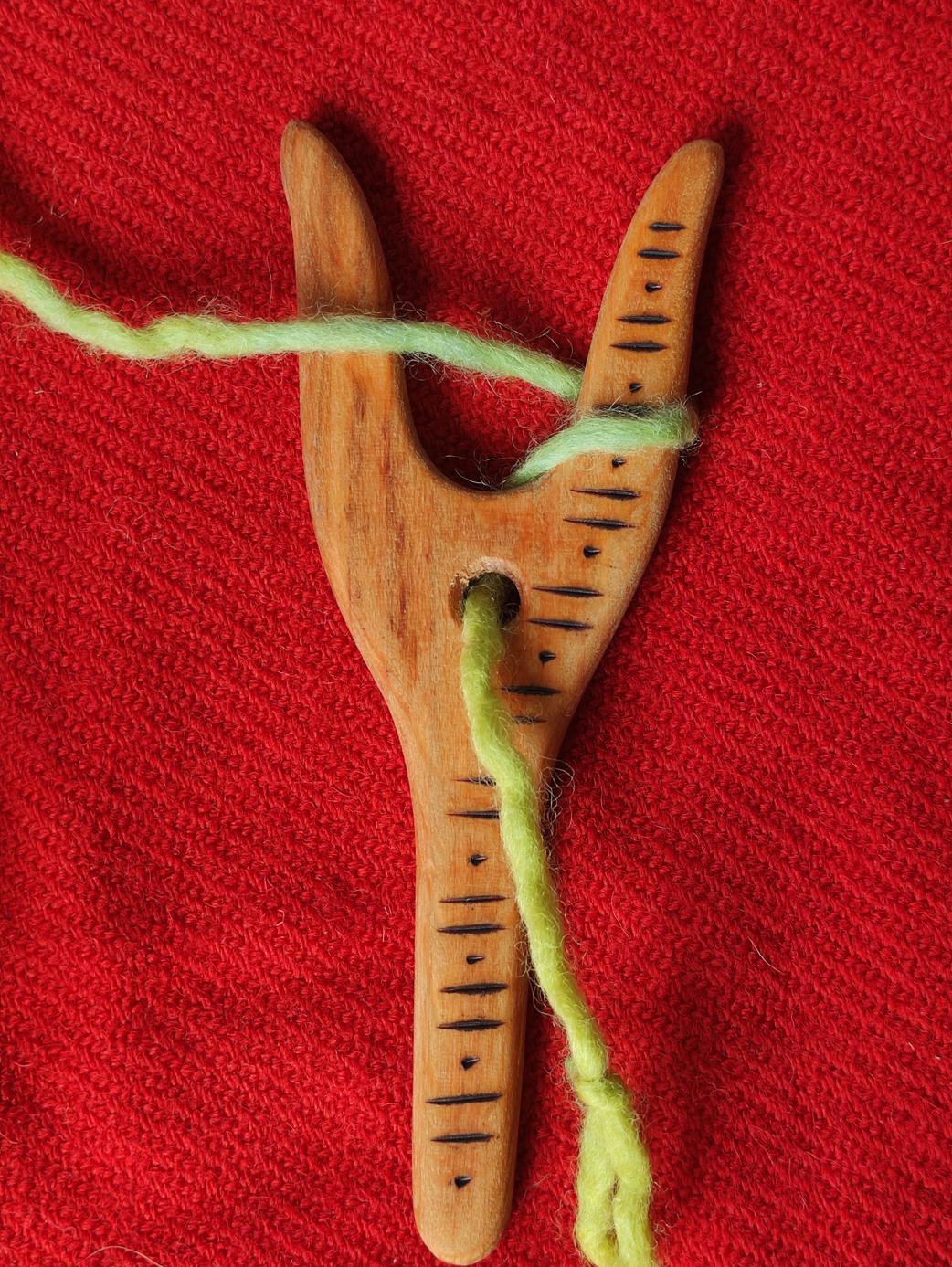
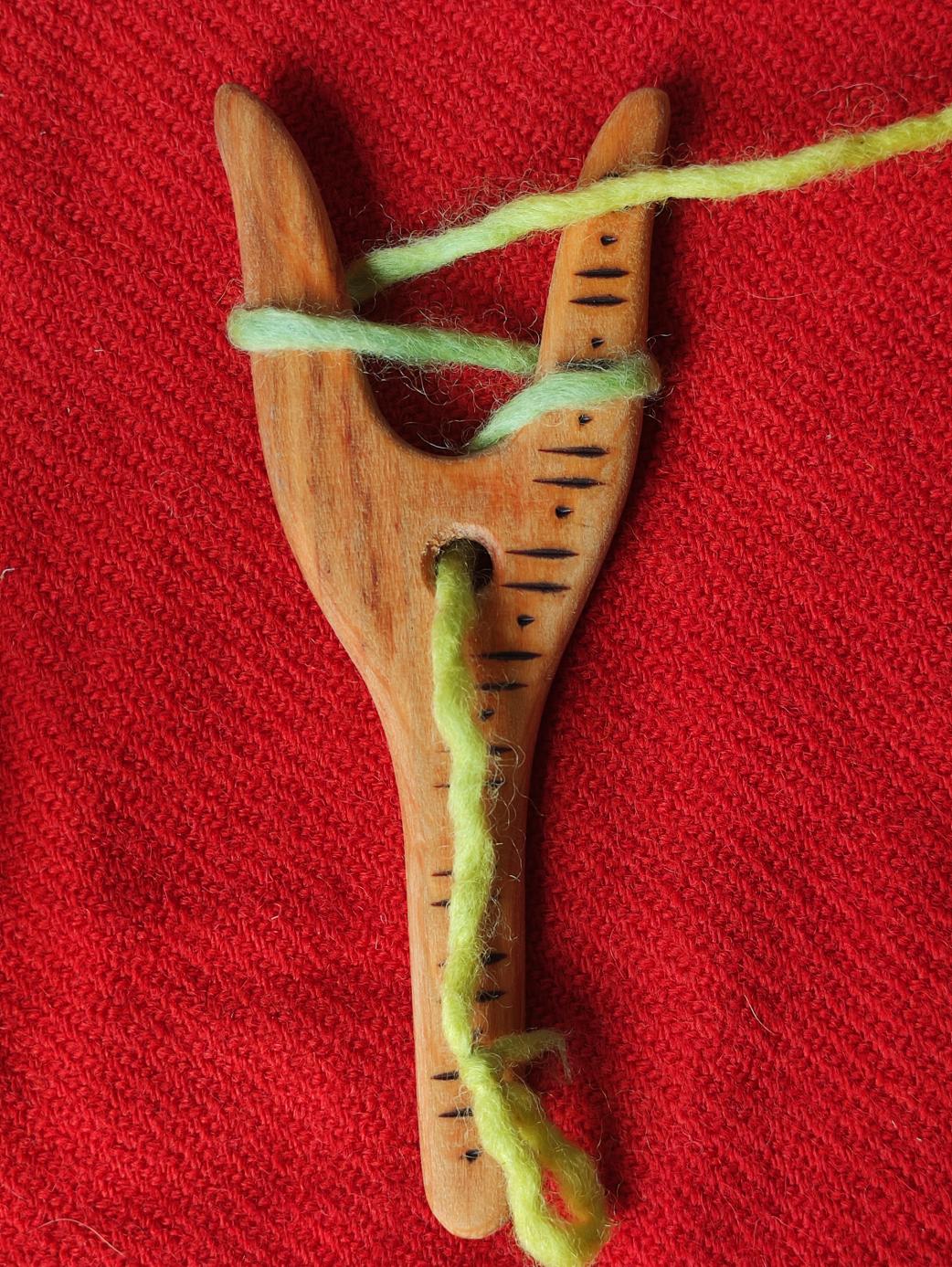

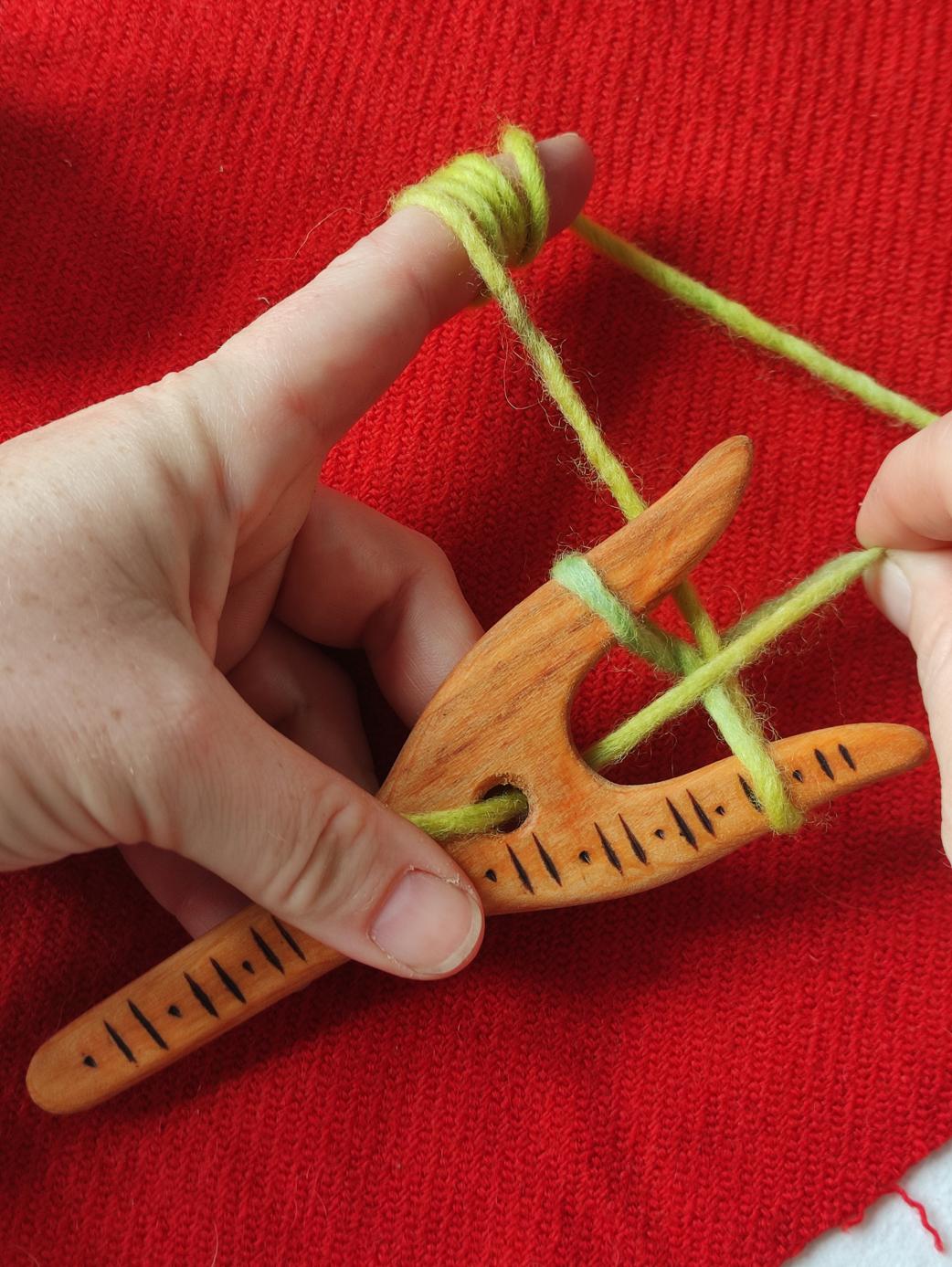

Now you've got two loops on the right fork, and you pull the bottom one up nicely and turn the lucet 180 degrees. And then you continue around and around, with the bottom eyelet over the top one, to the middle, tighten slightly and turn. Adjust the center knot to make it tight, of course. Finish by threading both loops through the end of the yarn.
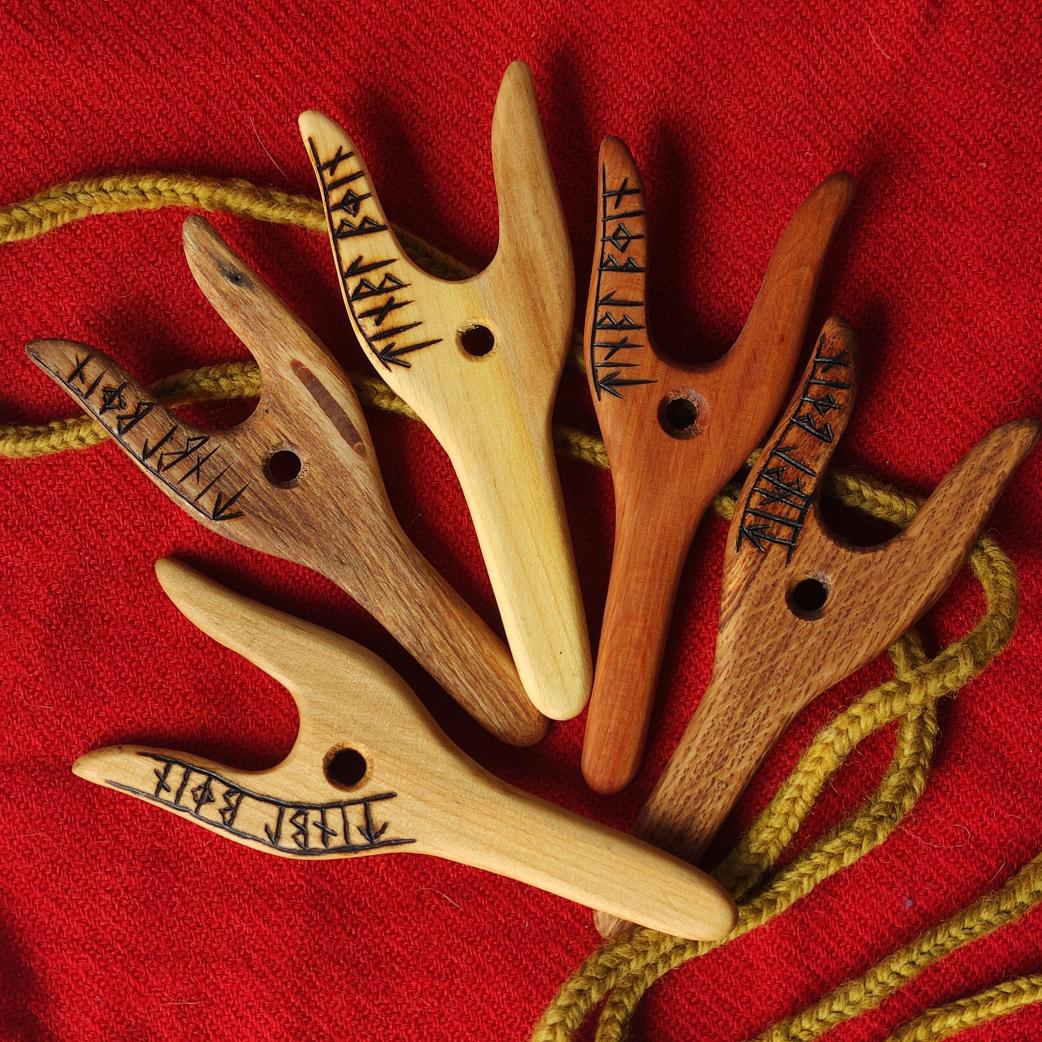
Thank you for your attention and you know what? Find us on Facebook (DAGFARI.NET) or Instagram (dagfari.hrut) and send us your first strings ❤

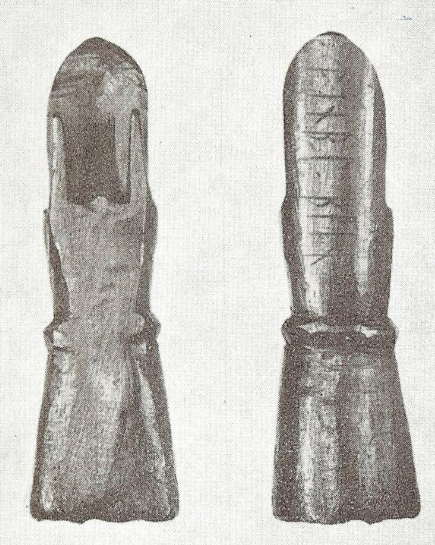
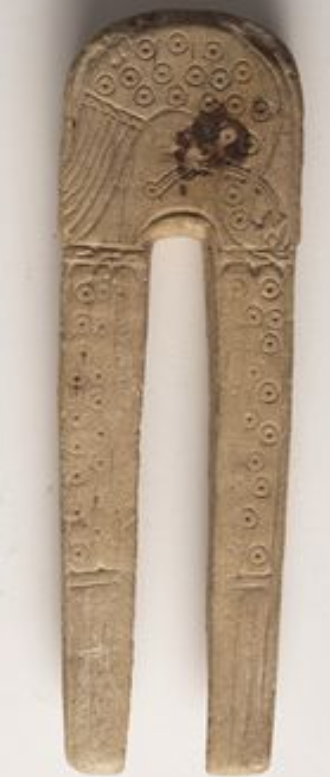
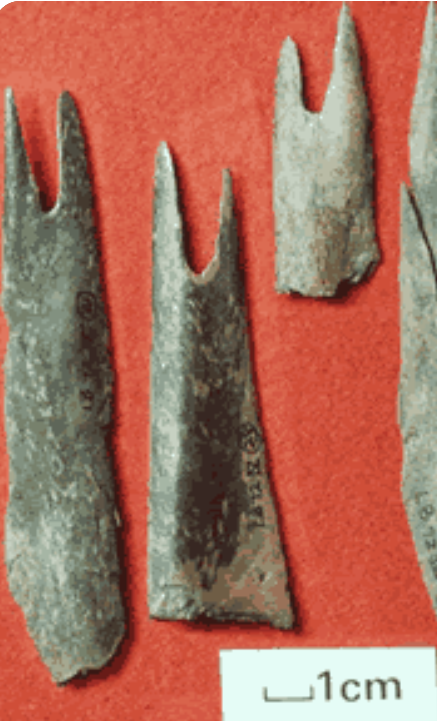
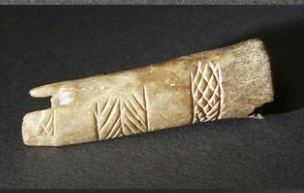

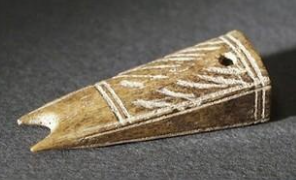

Comments (0)